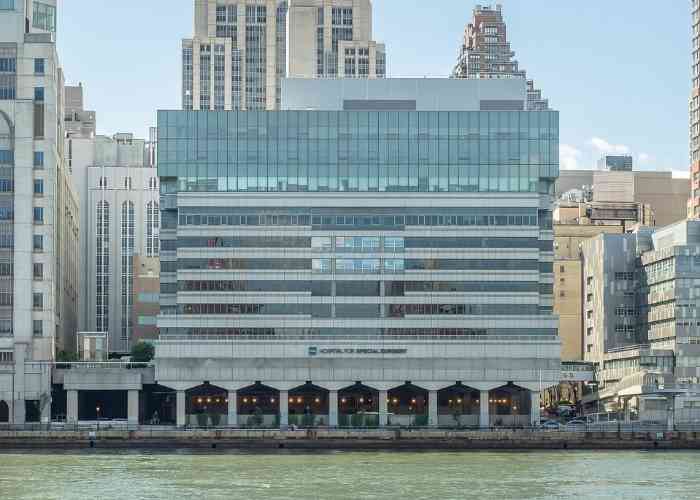What is a distal biceps tendon injury?
The biceps are two muscles that play an important role in flexing the elbow as well as rotation of the wrist and forearm. The upper portion of the biceps muscle originates at the top of the shoulder and continues along the anterior (front) portion of the humerus. The lower portion of the biceps muscle is attached at the radial tuberosity, a bony prominence located just past the elbow on the forearm. A distal biceps tendon injury occurs when the lower portion of the biceps tendon is torn away from its attachment site on the radial tuberosity. This injury is rare and requires immediate surgical intervention to reattach the tendon at the elbow. Weightlifters and those that lift unusually heavy objects as part of their work duties are at an increased risk for a distal biceps tendon injury. Dr. Answorth A. Allen, an orthopedic elbow specialist serving patients in Manhattan, New York City, Westchester, Long Island and surrounding areas, has the knowledge and understanding, as well as substantial experience in treating patients who have experienced a distal biceps tendon injury.

What are the symptoms of a distal biceps tendon injury?
A common complaint of a distal biceps tendon injury is a sharp and sudden pain located at the elbow. Other symptoms include:
- Weakness in the elbow
- Difficulty rotating the forearm
- Hearing or feeling a “pop” with the tendon tear
- Deep throbbing pain felt in the forearm
- Weakened grip and pain when flexing the hand
How is a distal biceps tendon injury diagnosed?
If a distal biceps tendon injury is suspected, immediate medical attention is recommended. Dr. Allen can diagnose the type and location of a biceps tendon injury after obtaining a comprehensive medical history and physical examination. Diagnostic testing, including x-rays and magnetic resonance imaging (MRI), may be requested to identify any damage to the structures within the forearm.
What is the treatment for a distal biceps tendon injury?
Non-surgical treatment:
Patients who do not present with any symptoms of a distal biceps tendon injury, or those that suffered a partial tear, may elect for conservative treatment only. A combination of rest, joint immobilization, and non-steroidal anti-inflammatory medications can be used for pain management. Non-surgical treatment of a distal biceps tendon tear can result in permanent loss of strength, muscular cramping, and a cosmetic deformity; so, it is important to consult an orthopedic specialist like Dr. Allen who has experience in treating distal biceps tendon injuries. He will give his patients the best treatment options available for this type of injury.
Surgical treatment:
In the event of a distal biceps tendon tear, immediate surgical intervention is necessary to prevent scar tissue from shortening the damaged tendon. Dr. Allen may utilize one of two surgical methods to reattach the damaged tendon: 1) using sutures that are passed through the radius bone, or 2) fastening the torn tendon with specialized surgical anchors that are secured within the bone. Both types of distal tendon tear surgery can be done arthroscopically. The small incisions employed with this minimally invasive surgical approach create a faster recovery period for patients to return to their normal daily activities.
Biceps Tendon Specialist

Are you an athlete that performs frequent weight lifting activities? If so, you may be at an increase risk of developing a biceps tendon injury. Injuries to the biceps tendon cause pain, weakness, and difficulty rotating the forearm. Some cases can be treated with conservative therapies, but more severe tears may require surgery. Elbow specialist Doctor Answorth Allen provides diagnosis and specialized treatment plans for patients in Manhattan, New York City, Westchester, Long Island and surrounding areas. Contact Dr. Allen’s team today!






